Commentary: If AirPods can instantly translate, why learn a language?
Published in Op Eds
In recent weeks, Apple’s Live Translation for the latest iPhone and AirPods models has been everywhere. The pitch is simple: Two people speaking different languages can understand each other instantly. In the same season, Congress moved to trim federal support for international and area studies under Title VI, and agencies have begun signaling tighter priorities. The timing is coincidence, but the juxtaposition invites a tempting mistake: that live translation technology means we can spend less on language education.
But live translation doesn’t equal understanding. What matters in real encounters is how something is said and what it signals: respect, doubt, humor. Even flawless live translation carries the words, not the relationship. In real world settings, meaning lives in tone, register, dialect and trust — capacities that are taught and practiced, not downloaded.
I direct four critical‑language programs at Rice University and have taught second languages my entire adult life, so I see up close what’s at stake — for students, public institutions and the communities they serve. In today’s classrooms and budget meetings, I hear the same story: that we can outsource language learning to devices and allocate funds elsewhere. That story misunderstands what language learning builds, and mistakes a gadget’s value in the real world.
Modern translation tools have made startling progress — from Google Interpreter Mode to Meta’s speech-to-speech systems. They also miss the very things that make human interaction work. Recently my advanced Arabic students interviewed an Egyptian author in class. They’d drafted questions at home and had to hold the conversation entirely in Arabic with a natural back-and-forth. Midway through, the author made a statement one student wanted to disagree with; he fed his response into an AI translator and read the output, thinking he might impress the author. The Arabic came out grammatically clean, but stripped of softeners and hedges. The class winced and the author frowned before bursting into laughter — the reply landed as a brushoff instead of respect, failing on the human level.
The same shortfalls show up beyond the classroom in everyday ways.
Tone and stance: Machines map words; people read intentions. “You did great” can be praise, sarcasm or comfort. In Arabic, as in English or Spanish, a single word can soften a refusal or sharpen it. Students must practice those shades in conversation to use them.
Humor and metaphor: Puns, idioms and cultural references are brittle. “It’s not my first rodeo” lands very differently outside a U.S. context; so does a line from an Egyptian sitcom. Even the best systems paraphrase, but they rarely replicate the comic timing that builds rapport.
Register and power: We switch between formal and informal speech all day — talking to a dean, a friend, police. In many languages, that shift is built into grammar and vocabulary. Translation apps blur those choices; students learn to navigate them.
Dialect and place: No one speaks a “standard language” all the time. Tunis and Beirut don’t sound the same. Hospitals on L.A.’s Westside and clinics in Bakersfield don’t either. Classroom practice teaches students to listen for local cues and respond with respect.
Trust: Understanding isn’t only lexical; it’s relational. A social worker talking to a refugee, a nurse speaking with a patient’s family, a journalist interviewing a source — these rely on earned credibility. You don’t get that by holding up a phone.
These are not minor gaps. They’re the core of what we pay for when we support language programs. And they’re exactly what Title VI was designed to protect: a pipeline of Americans able to operate in foreign languages across borders, with skills and judgment.
When budgets tighten, administrators and budget committees are quick to scoff at so-called “niche” majors. But language education isn’t an accessory. It’s infrastructure. Every time a company expands into a new market, a public health agency rolls out a vaccine campaign or a filmmaker tells a story that travels, the work is faster and better when someone on the team really knows the language and culture. If the U.S. wants fewer mistranslations and fewer missed opportunities, it needs more people with deep competence.
There are also issues of fairness. If we defund language programs, we shift the cost. Affluent students can buy access to the learning we’ve made scarce — private tutoring, study abroad, etc. Everyone else will be left with a tool that works in the lab and fails in the hallway.
None of this is an argument against translation technology. I use it. I teach with it. It’s a bridge, a quick aid, a safety net. It’s not a replacement for learning.
What should we do instead of cutting it? Start by protecting federal support for international and area studies: Title VI doesn’t just fund faculty; it keeps language instruction running, supports K–12 outreach and provides resources for community colleges and minority‑serving institutions — cutting it narrows who gets access to global education.
At the classroom level, teach with the tools by building tasks around what translation can’t do — tone, register, humor, local knowledge — letting students compare a machine’s output to a human one and diagnose gaps so they can become discerning users and confident speakers. Most importantly, tie language learning to real jobs: pair classes with internships in clinics, courts, newsrooms and nonprofits. Students who see their skills matter keep learning — and they graduate into roles where those skills pay dividends for all of us.
The promise of Live Translation should push us to improve language education, not abandon it. And there’s a larger backdrop: in March, the president designated English as the official language of the U.S.. Whatever one thinks of that move, it makes real multilingual capacity — not just app‑mediated exchanges — all the more important in public services, diplomacy and business. Devices can and should help a tourist order dinner or ask for directions. But when the stakes are higher — when a joke defuses a tense meeting, when a parent asks a doctor a hard question, when a reporter needs the truth — AirPods are not enough.
We can chase easy savings now, and pay it with misunderstandings later. Or we can simply keep investing in people who learn languages well and use them wisely. That’s not nostalgia; it’s how trust is built — one conversation at a time — and a bet on the only translation system that has ever made trust: humans talking to one another.
____
Hossam Elsherbiny is director of language instruction for the Department of Transnational Asian Studies at Rice University.
©2025 Los Angeles Times. Visit at latimes.com. Distributed by Tribune Content Agency, LLC.







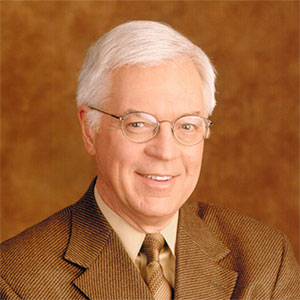
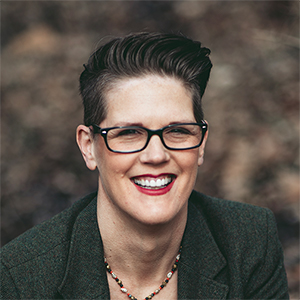









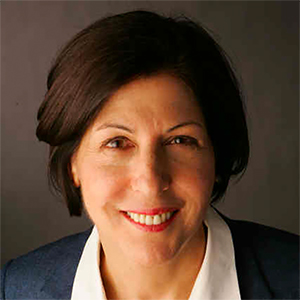









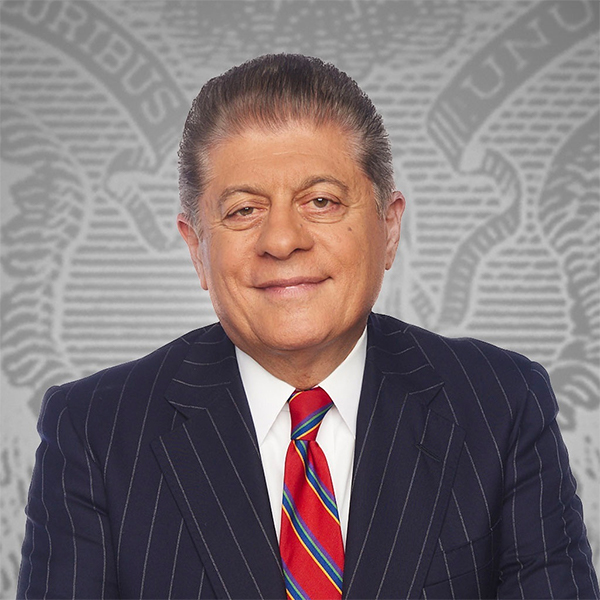


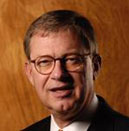




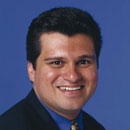



















Comments